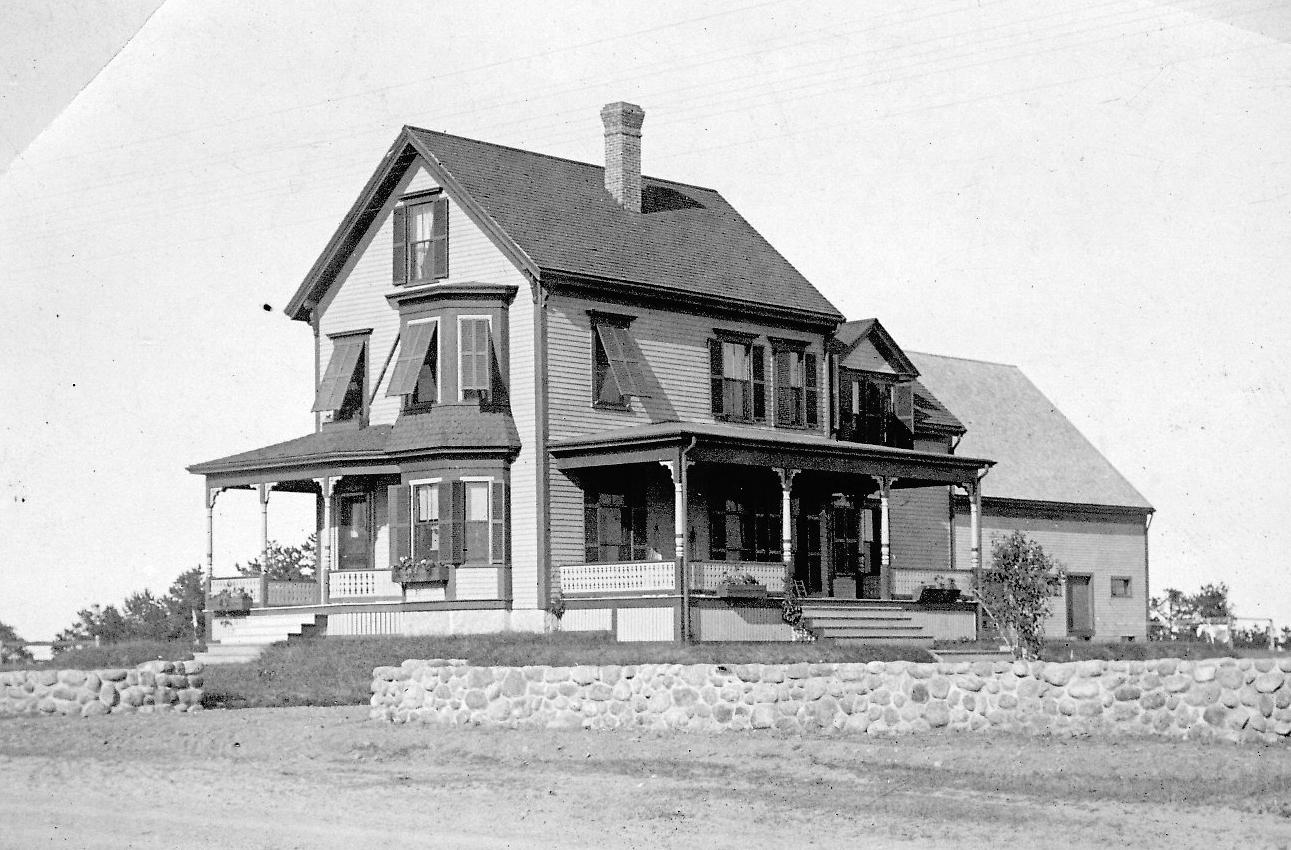Disclaimer
The Dover Public Library website offers public access to a wide range of information, including historical materials that are products of their particular times, and may contain values, language or stereotypes that would now be deemed insensitive, inappropriate or factually inaccurate. However, these records reflect the shared attitudes and values of the community from which they were collected and thus constitute an important social record.
The materials contained in the collection do not represent the opinions of the City of Dover, or the Dover Public Library.
I. B. Williams House

The foundations of the present business of Isaac B. Williams & Sons, of Dover, N.H., was laid by the senior partner in 1842 in the manufacturing of belting for the Cocheco Manufacturing Company.
In 1871 the firm name became I.B. Williams & Son, Frank B. Williams having been taken into the partnership. In 1875 the business had outgrown its quarters in the Cocheco Manufacturing Company’s buildings, so that larger and better facilities were needed to supply the increased demand for their goods, and a large and valuable property on Orchard Street was purchased, and so added to and remodeled as to afford the desired facilities.
In 1878, George H. Williams was admitted to the partnership, and the firm name changed to I.B.Williams & Sons.
In 1882 the firm, by reason of still increased and increasing trade, were compelled to tear down and entirely rebuild their factory, having in the meantime purchased an adjoining property. A large and handsome brick building, four stories high, one hundred and forty feet long by forty-five feet wide, with a tower, containing elevators and stairways, five stories high, now cover their land.
The motive force is furnished by an engine rated at sixty horse-power, connected with a boiler of eighty horse-power.
The factory now contains all the modern machinery required to produce in all respects a perfectly reliable belt, all of which are manufactured from the finest oak-tanned leather, finished and perfected in their own building under the firm’s own immediate supervision and inspection.
Forty-five thousand sides of leather were used in 1881, and with the present building and machinery the firm will be able to produce one million dollars worth of belts per year.
Their belts are sold throughout the United States and South America, and with the facilities now in hand the factory will be one of the largest in the country.
From The History of Dover, New Hampshire by Alonzo H. Quint
This historical essay is provided free to all readers as an educational service. It may not be reproduced on any website, list, bulletin board, or in print without the permission of the Dover Public Library. Links to the Dover Public Library homepage or a specific article's URL are permissible.
